ASUS Z97 ROG (Republic of Gamers) Motherboards
As well as its TUF motherboards, ASUS will be offering Z97 ROG motherboards under the Maximus VII series branding. The range will be out in full force, with the Maximus VII Extreme, Formula, Hero, Gene and Impact all expected along with a new addition, the Maximus VII Ranger. At launch, the Gene, Hero and Ranger will be offered, with the others expected at some point after (again we're likely to get more information on these at Computex). ASUS's focus, at least with these three boards, has been on developing the gaming features more than the overclocking ones.The new Maximus VII Ranger is rather exciting as it's set to be the most affordable ROG board yet. It will come in at a price point lower than the Hero – ASUS's estimates currently put it around the £120-£130 mark – which allows ASUS to bring the ROG brand to a wider audience. It will have a similar specification to the Hero, though the Hero will differ itself with things like higher quality power components, slightly beefier cooling, additional SATA ports and onboard illumination. We asked ASUS whether it had plans to produce more affordable ROG boards with smaller form factors as well, but were only told that they would have to see how strong the demand was.
As ever, the ROG boards will be dressed in red and black, with the Maximus VII range receiving a new heatsink and PCB design. The heatsinks will have black nickel coating, while the matt-black PCB has been designed to look less cluttered.
Unlike the Z97 and TUF motherboards, there are no plans to include SATA Express on the Maximus VII motherboards. Instead, every one of them will have a single M.2 socket. In the case of the mini-ITX impact board, this may mean that it's fitted on the rear, just as it is on the Z97I-Plus. We asked the ROG team why SATA Express had been excluded, and apparently M.2 was chosen simply because there are already devices available for it.
An interesting and potentially very exciting addition to the ROG boards is the KeyBot microprocessor, which, via a dedicated USB port, can turn your standard USB keyboard into one with macro functionality (the controller does technically support PS/2 too, but for now only USB can be used). ASUS will provide software that mimics keyboard customisation software, allowing you to program your F keys with functions such as macros (15 key limit), shortcuts and smart login. There's even the option to enable 'Escape Mode', whereby with a single key press your PC will instantly escape to the desktop and mute your system's audio...
TrueVolt USB is another new feature, designed simply to provide a rock steady 5V supply to both the front and back USB ports via separate, isolated lines. We can't say this has ever been of much concern to us, but stable voltages are always better than unstable ones.
In terms of networking, ASUS is sticking with Intel Ethernet controllers, which are upgraded from i217-V to i218-V. ASUS claims these provided higher throughput and lower CPU usage than other models in its tests, and there's also better compatibility and performance when using Intel's own components with its chipset and CPUs. ASUS is also introducing its LANGuard feature, essentially a higher quality LAN port that uses premium capacitors and electrostatic shielding to increase the ports tolerance against static electricity and power surges. Finally, the GameFirst III software has been bolstered with more features and a redesigned interface. It allows you to prioritise certain data packets (e.g. gaming, file sharing, media streaming) over the network and allocate more bandwidth to games and applications. Network monitoring and speed test tools are included as well. ASUS claims that these features combined make for a smoother online gaming experience.
The ROG SupremeFX audio consists of 8-channel gold-plated outputs. The PCB is physically isolated to reduce interference and it also has a stainless steel black nickel EMI cover to help with this as well. Japanese capacitors are again used to improve reliability, and the ALC1150 codec again at the heart of it. The on-board Sonic Stage button can be used to switch between hardware-level audio profiles (FPS, Racing, Combat, Sports), which can also be toggled via software, where virtual surround, bass boost, voice clarity and other such features can all be controlled. The SupremeFX audio controller is also capable of detecting the impedance of your headphones and adjusting the amplifier to match it. On the micro-ATX Gene board, the on-board audio has been moved to a daughter card, the SupremeFX Impact II, similar to that which was introduced on the Maximus VI Impact.
ASUS hasn't revealed too much about any BIOS upgrades, though we do know that the ROG RAMDisk functionality has been upgraded so that memory can be dynamically allocated and released, allowing your system to benefit from additional memory when it's not needed by the RAM disk.
Stay tuned for more Z97 coverage on May 11th 2014.
What do you think about ASUS's approaches to its Z97 lineup? Are there any boards that have you particularly excited? Let us know your thoughts in the forums.

MSI MPG Velox 100R Chassis Review
October 14 2021 | 15:04


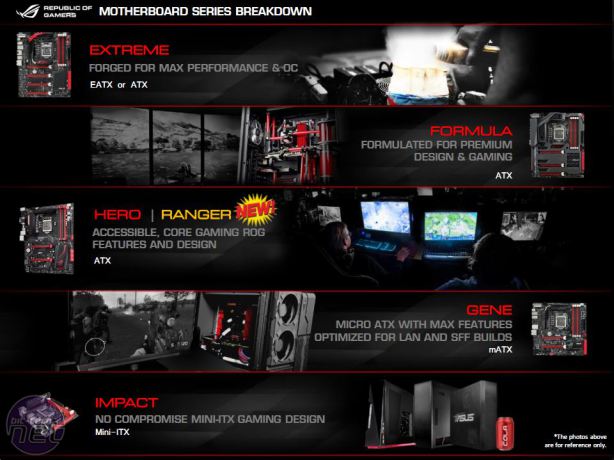
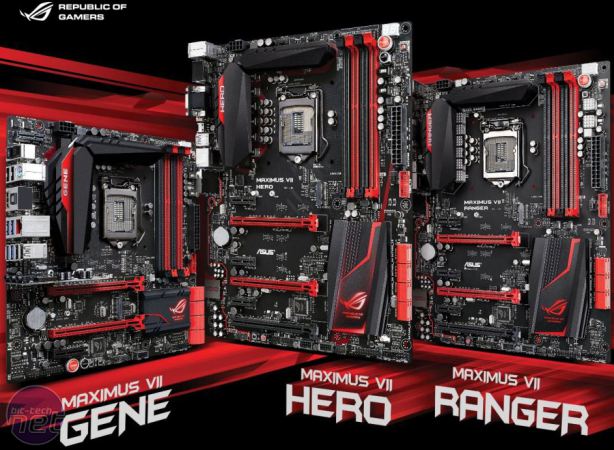
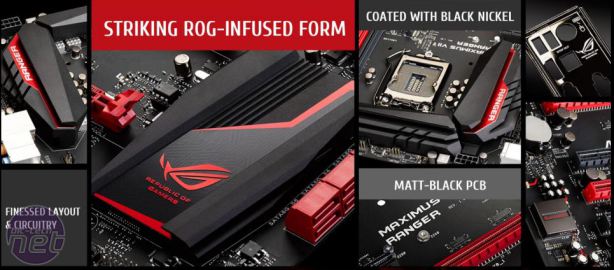
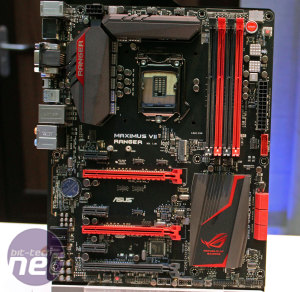
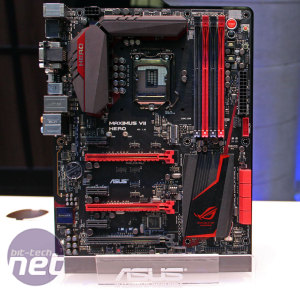
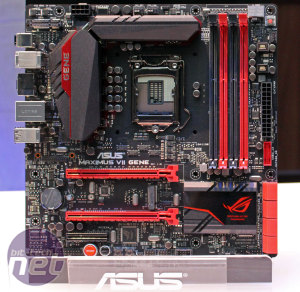
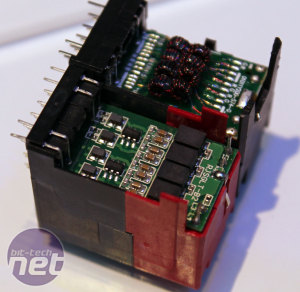
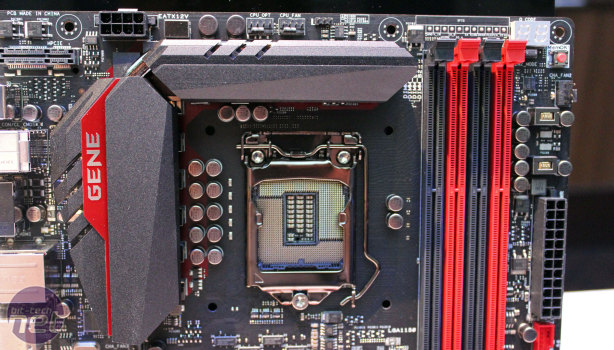
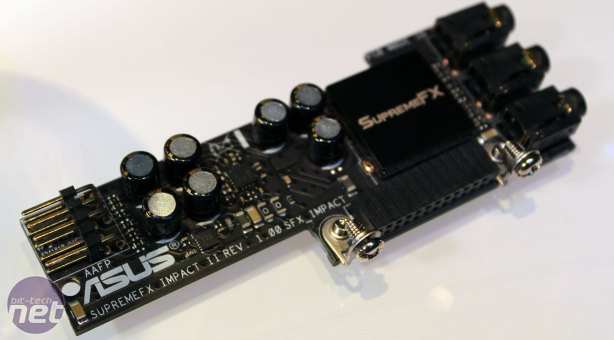







Want to comment? Please log in.